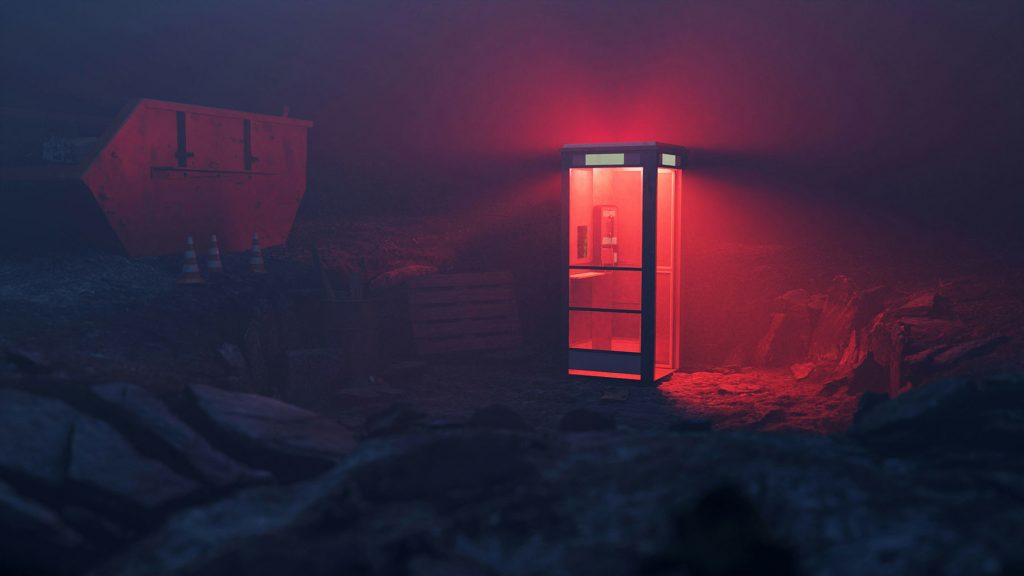Sleep is essential for mental and physical health, but for some, it’s disrupted by distressing experiences like night terrors or nightmares. While these two sleep disturbances are often confused, they are very different in nature, cause, and treatment. In this guide, we’ll explore the key differences between night terrors and nightmares, and most importantly, how to manage them effectively.
What’s the Difference Between Night Terrors and Nightmares?
Although both involve fear during sleep, night terrors and nightmares occur in different stages of the sleep cycle and have distinct characteristics.
Nightmares
-
Happen during REM sleep (Rapid Eye Movement)
-
Often involve vivid, frightening dreams
-
Usually remembered in detail upon waking
-
Common in both children and adults
-
Can lead to anxiety, insomnia, or reluctance to go to sleep
Night Terrors
-
Occur during non-REM (deep) sleep
-
Characterised by sudden arousals, screaming, and intense fear
-
The person may sit up, shout, thrash, or appear terrified
-
Typically have no memory of the event
-
More common in children aged 3–12, but can affect adults too
Understanding the distinction is vital in choosing the right approach for management.
Causes of Nightmares
Nightmares can be triggered by a variety of physical and psychological factors:
-
Stress and Anxiety: Work pressure, school worries, or traumatic events
-
Sleep Deprivation: Lack of quality sleep increases REM pressure, making nightmares more frequent
-
Medications: Antidepressants, beta-blockers, or sleep aids can disrupt REM sleep
-
Mental Health Conditions: PTSD, depression, and anxiety disorders
-
Scary Media Exposure: Watching horror films or violent shows before bed
Causes of Night Terrors
Night terrors are less understood but are often linked to arousal disorders during deep sleep:
-
Sleep Deprivation or Irregular Sleep Schedules
-
Fever or Illness (especially in children)
-
Excessive Tiredness
-
Sleeping in a new or unfamiliar environment
-
Genetic Factors: Family history of parasomnias
-
Underlying Medical Conditions: Sleep apnoea or restless legs syndrome
How to Tell Which One You or Your Child is Experiencing
Ask yourself these questions:
-
Was the person easy to wake up?
-
Can they remember the event clearly?
-
Did it happen early or late in the night?
-
Was there screaming, thrashing, or confusion?
| Feature | Nightmares | Night Terrors |
|---|---|---|
| Time of Night | Late (REM sleep) | Early (deep sleep) |
| Recall of Event | Vivid, detailed | Rarely remembered |
| Behaviour | May wake up and cry | Screaming, thrashing, sweating |
| Ease of Waking | Wakes up easily | Very difficult to wake |
Practical Management of Nightmares
Fortunately, nightmares can often be reduced with a few lifestyle and cognitive changes:
1. Establish a Relaxing Bedtime Routine
-
Wind down with a warm bath, herbal tea, or quiet reading
-
Avoid screens and stimulating media 1–2 hours before bed
2. Manage Stress
-
Try journaling, deep breathing exercises, or guided meditation
-
Practice mindfulness or gentle yoga before sleep
3. Address Sleep Hygiene
-
Go to bed and wake up at the same time daily
-
Keep the bedroom cool, dark, and quiet
-
Avoid caffeine and alcohol, particularly in the evening
4. Use Dream Rehearsal Therapy
-
Write down the recurring nightmare
-
Consciously change the storyline to a positive ending
-
Rehearse the new version daily
5. Seek Professional Help
If nightmares are frequent or tied to trauma, speaking with a therapist or sleep specialist can help uncover and treat underlying causes.
Practical Management of Night Terrors
Because night terrors involve deep sleep arousals, the approach is slightly different.
1. Don’t Wake the Person
Trying to wake someone during a night terror can increase confusion and prolong the episode. Instead:
-
Stay calm
-
Ensure the person is safe and cannot hurt themselves
-
Allow the episode to pass naturally (usually 1–10 minutes)
2. Improve Sleep Schedule
-
Ensure enough total sleep each night
-
Stick to consistent bed and wake times—even on weekends
3. Reduce Triggers
-
Avoid overstimulation before bed
-
Limit sugar and heavy meals in the evening
-
Address underlying conditions such as sleep apnoea or anxiety
4. Scheduled Awakenings
For children with frequent night terrors:
-
Track when they usually occur
-
Gently wake the child 15–30 minutes before the usual time
-
Keep them awake for 5–10 minutes before letting them return to sleep
This method helps reset the sleep cycle and prevent night terrors from occurring.
5. Consider Medical Advice
If night terrors are frequent, prolonged, or persist into adulthood, speak with a GP or sleep specialist. In rare cases, treatment may involve cognitive behavioural therapy or medication.
When to Worry: Signs to Seek Help
You should seek professional advice if:
-
Episodes are causing injuries or significant disruption
-
Sleep disturbances occur multiple times a week
-
There’s an underlying health condition or concern about trauma
-
Your child’s development or behaviour is being affected
Don’t dismiss sleep issues as “just a phase.” Support is available and effective.
Final Thoughts: Restoring Peaceful Sleep
Understanding the difference between night terrors and nightmares is the first step to restoring peaceful sleep. While both can be distressing, they are manageable with the right tools and strategies. Whether through calming bedtime routines, better sleep hygiene, or professional help, you can reduce or eliminate these nighttime disturbances for yourself or your child.
Sleep should be a time for restoration, not fear. With awareness and action, restful nights can become your new normal.
